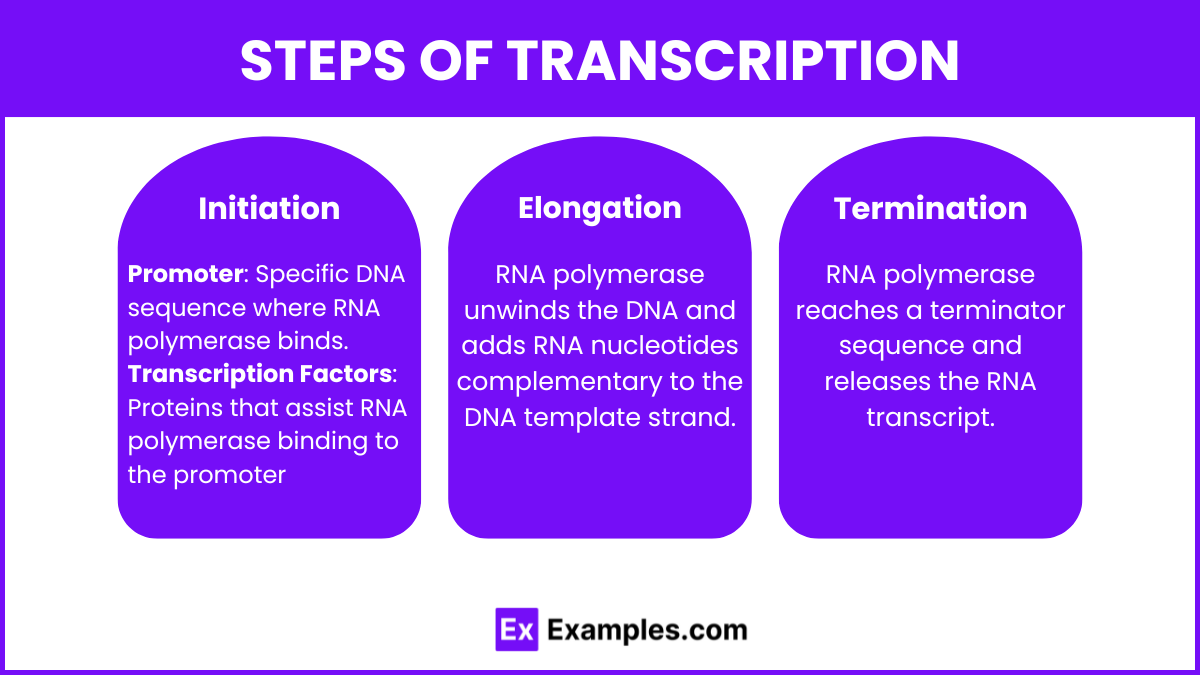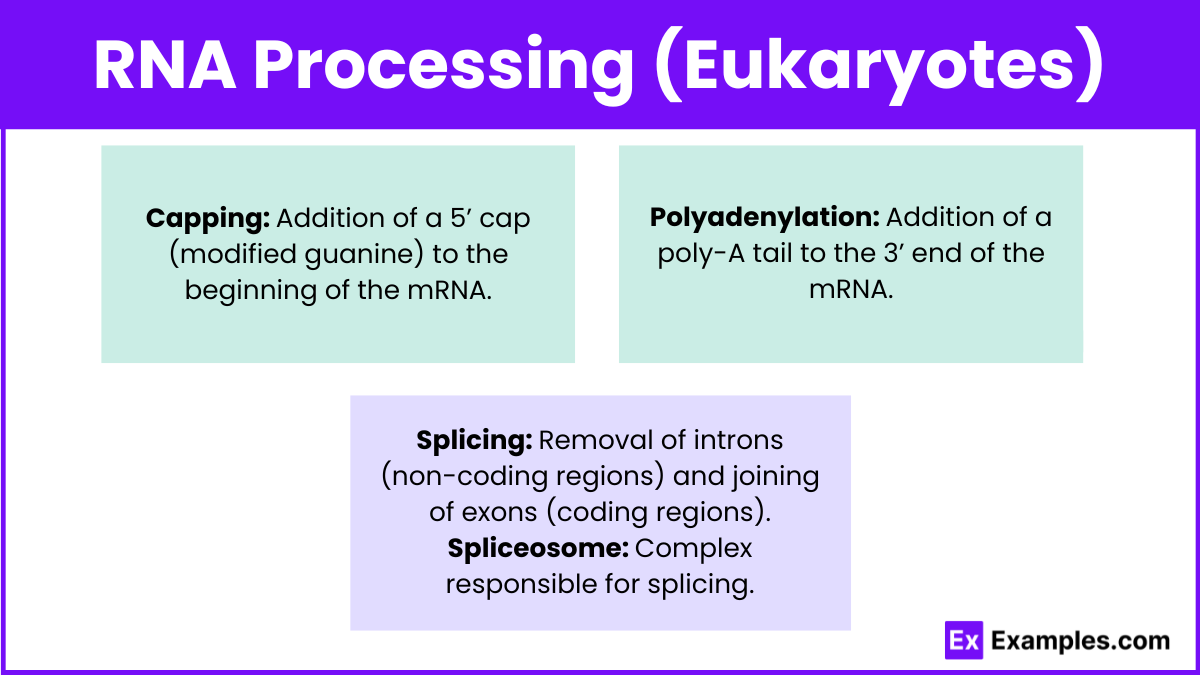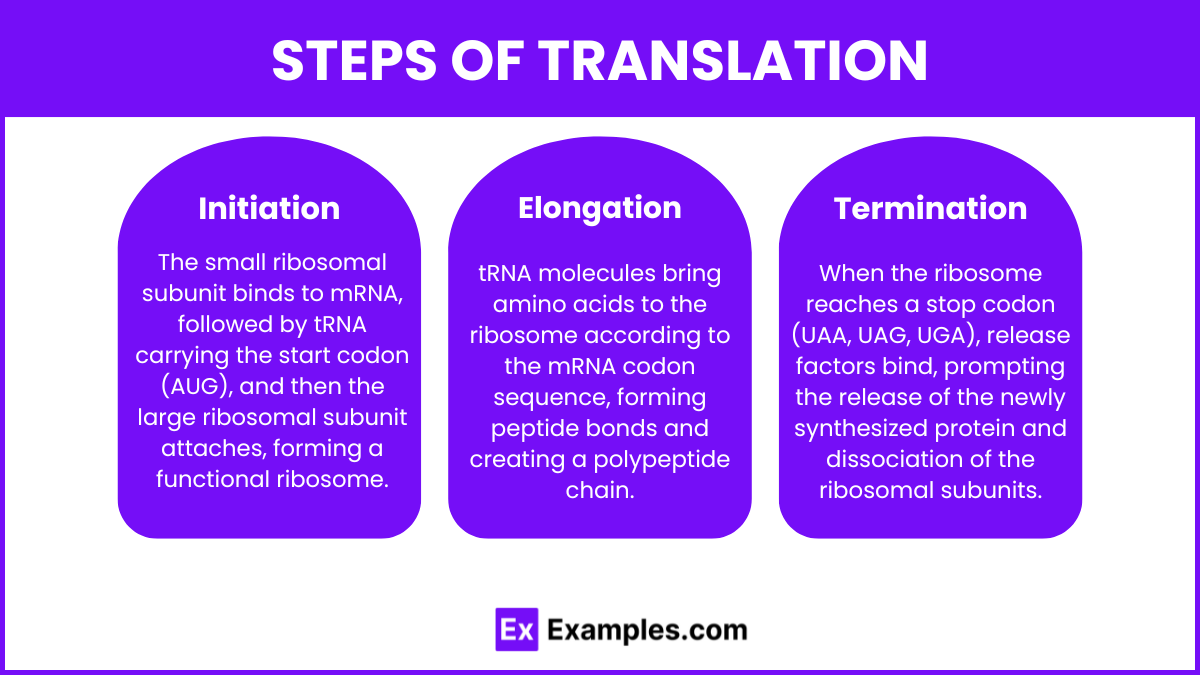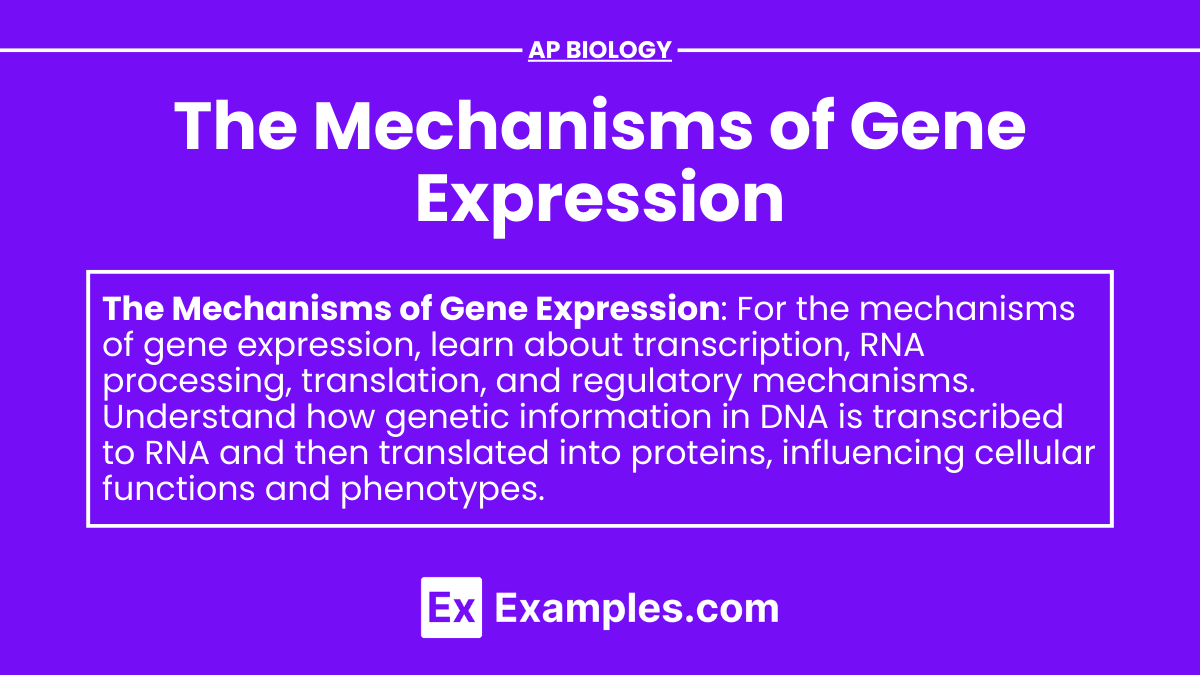In AP Biology, understanding the mechanisms of gene expression is crucial for grasping how a genotype translates into observable traits. Within the nucleus, DNA is transcribed into RNA, which then directs protein synthesis, enabling the genotype to manifest as a phenotype. These processes ensure that genetic information is accurately expressed and regulated, highlighting the pivotal roles of DNA and RNA in cellular function and organismal development.
Learning Objectives
By studying the mechanisms of gene expression, you will understand how chromosomes within the nucleus carry DNA that is transcribed and translated to express traits. You will learn about the role of the nucleolus in ribosome synthesis and its connection to gene expression. You will also explore the principles of cell theory and phenomena like incomplete dominance, gaining a comprehensive understanding of how genetic information is managed and expressed in living organisms.
Central Dogma of Molecular Biology
The central dogma of molecular biology describes the flow of genetic information within a biological system:
DNA -> RNA -> Protein
Major Steps in Gene Expression
Transcription: Synthesis of RNA from a DNA template.
RNA Processing: Modification of the RNA transcript.
Translation: Synthesis of proteins from an RNA template.
Post-Translational Modifications: Changes to the newly synthesized protein.
Transcription
Overview
Location: Nucleus (eukaryotes), cytoplasm (prokaryotes)
Enzyme: RNA polymerase
Steps of Transcription

Initiation:
Promoter: Specific DNA sequence where RNA polymerase binds.
Transcription Factors: Proteins that assist RNA polymerase binding to the promoter.
Elongation:
RNA polymerase unwinds the DNA and adds RNA nucleotides complementary to the DNA template strand.
Termination:
RNA polymerase reaches a terminator sequence and releases the RNA transcript.
RNA Processing (Eukaryotes)

Capping:
Addition of a 5’ cap (modified guanine) to the beginning of the mRNA.
Polyadenylation:
Addition of a poly-A tail to the 3’ end of the mRNA.
Splicing:
Removal of introns (non-coding regions) and joining of exons (coding regions).
Spliceosome: Complex responsible for splicing.
Translation
Location: Cytoplasm, at the ribosome
Key Players: mRNA, tRNA, ribosomes
Steps of Translation

Initiation:
Small ribosomal subunit binds to the mRNA.
tRNA carrying the start codon (AUG) binds to the mRNA.
Large ribosomal subunit binds, forming a functional ribosome.
Elongation:
tRNA molecules bring amino acids to the ribosome according to the codon sequence on the mRNA.
Peptide bonds form between amino acids, creating a polypeptide chain.
Termination:
Ribosome reaches a stop codon (UAA, UAG, UGA).
Release factors bind to the ribosome, prompting the release of the newly synthesized protein and dissociation of the ribosomal subunits.
Ribosome Structure
Small Subunit: Binds to the mRNA.
Large Subunit: Contains the peptidyl transferase center, which forms peptide bonds.
Post-Translational Modifications
Phosphorylation: Addition of phosphate groups.
Glycosylation: Addition of sugar molecules.
Proteolytic Cleavage: Removal of specific segments of the protein.
Regulation of Gene Expression

Prokaryotic Gene Regulation
Operons: Clusters of genes with a single promoter.
Lac Operon: Inducible operon activated by the presence of lactose.
Trp Operon: Repressible operon inhibited by the presence of tryptophan.
Eukaryotic Gene Regulation
Chromatin Structure:
Histone Modification: Acetylation (activates transcription), methylation (can activate or repress).
DNA Methylation: Typically represses gene expression.
Transcriptional Control:
Enhancers: DNA sequences that increase transcription.
Silencers: DNA sequences that repress transcription.
Post-Transcriptional Control:
Alternative Splicing: Produces different mRNA variants from the same gene.
mRNA Stability: Influenced by sequences in the mRNA.
Translational Control:
Regulatory Proteins: Bind to mRNA and affect translation.
Post-Translational Control:
Protein Modification: Alters activity, stability, or localization.
Examples
Example 1: Transcription and RNA Processing
Scenario: A eukaryotic cell transcribes a gene into mRNA.
Process: RNA polymerase binds to the promoter, elongates the RNA strand, and the RNA undergoes capping, polyadenylation, and splicing.
Importance: Demonstrates the complexity of gene expression in eukaryotes.
Example 2: Translation and Protein Synthesis
Scenario: mRNA is translated into a polypeptide chain at the ribosome.
Process: mRNA binds to the ribosome, tRNA brings amino acids, and peptide bonds form.
Importance: Highlights the role of ribosomes and tRNA in protein synthesis.
Example 3: Regulation by Lac Operon
Scenario: E. coli bacteria in the presence of lactose.
Process: Lactose binds to the repressor, inactivating it, and allowing transcription of enzymes needed to metabolize lactose.
Importance: Illustrates an inducible system of gene regulation in prokaryotes.
Example 4: Histone Modification
Scenario: Gene expression in a eukaryotic cell changes in response to environmental stimuli.
Process: Histone acetylation loosens chromatin structure, allowing transcription factors to access DNA.
Importance: Demonstrates the role of chromatin remodeling in regulating gene expression.
Example 5: Alternative Splicing
Scenario: A single gene produces multiple proteins.
Process: Different exons are included or excluded during RNA splicing, resulting in various mRNA transcripts.
Importance: Shows how a single gene can lead to multiple protein products, increasing protein diversity.
Practice Questions and Answers
Question 1
What is the role of transcription factors in eukaryotic gene expression?
A. They replicate DNA.
B. They synthesize RNA.
C. They regulate gene expression by binding to specific DNA sequences.
D. They degrade mRNA.
Answer: C. They regulate gene expression by binding to specific DNA sequences.
Explanation: Transcription factors are proteins that play a crucial role in regulating gene expression in eukaryotic cells. They bind to specific DNA sequences, such as promoters and enhancers, to control the rate of transcription. They help RNA polymerase bind to the promoter region, initiate transcription, and ensure genes are expressed at the right time and in the right amount.
Question 2
How does alternative splicing contribute to protein diversity in eukaryotic cells?
A. By increasing the number of genes.
B. By producing multiple mRNA transcripts from a single gene.
C. By duplicating chromosomes.
D. By decreasing gene expression.
Answer: B. By producing multiple mRNA transcripts from a single gene.
Explanation: Alternative splicing is a process by which a single gene can produce multiple mRNA transcripts by including or excluding certain exons during RNA splicing. This results in proteins with varying amino acid sequences and functions, significantly increasing protein diversity without increasing the number of genes, allowing for complex traits and functions.
Question 3
Describe how the lac operon in E. coli functions as an example of prokaryotic gene regulation.
A. The lac operon is always active.
B. The lac operon regulates glucose metabolism.
C. The lac operon is inducible and regulates lactose metabolism.
D. The lac operon produces proteins for photosynthesis.
Answer: C. The lac operon is inducible and regulates lactose metabolism.
Explanation: The lac operon in E. coli is a well-studied example of an inducible operon that regulates the metabolism of lactose. In the absence of lactose, the repressor binds to the operator, preventing transcription. In the presence of lactose, the repressor is inactivated, allowing RNA polymerase to transcribe the operon genes, leading to the production of enzymes that metabolize lactose.


